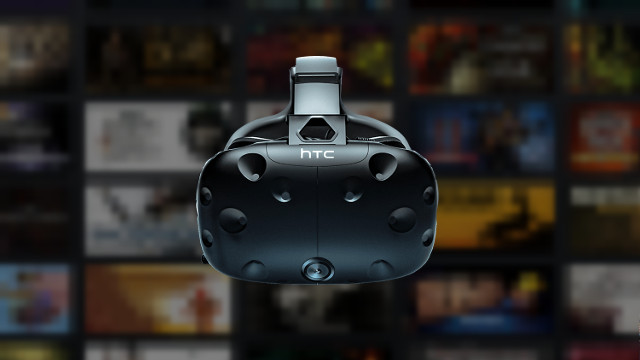The number of Steam VR users nearly doubled in 2018. Although some might think virtual reality is nothing more than a passing fad, the technology seems to be steadily growing and gaining a small foothold on Valve’s digital distribution platform. The actual numbers certainly aren’t all that impressive, but the rate of growth might just indicate that VR is here to stay.
…

Atlas is an action-rpg with rogue-like elements where you use your ability to control the ground to fight the enemies and move through procedurally generated worlds.










